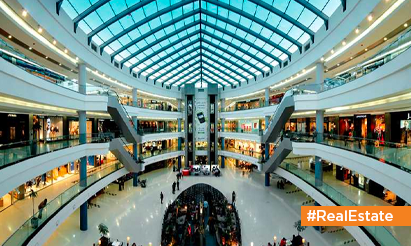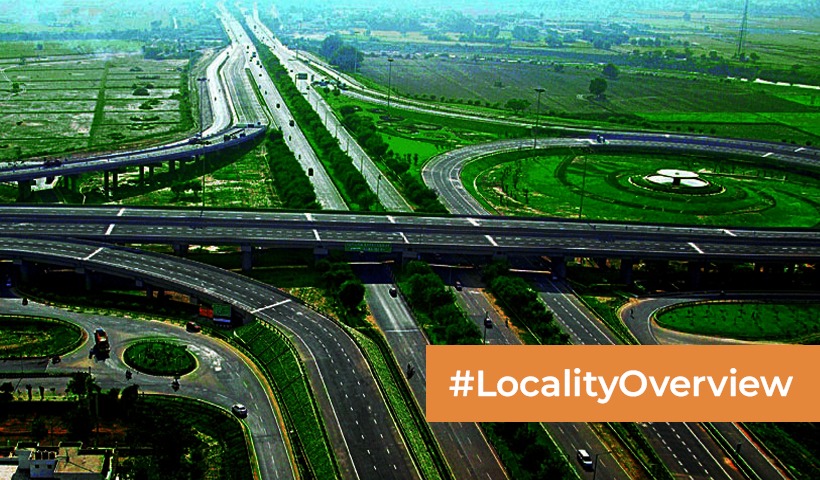The Best 5 Well-Planned Cities in India
India, a land of diverse landscapes and cultures, has witnessed rapid urbanization over the years. As the population continues to grow, the importance of well-planned cities becomes paramount for sustainable development. In this article, we explore the best 5 well-planned cities in India, each exemplifying thoughtful urban design, infrastructure, and quality of life. For Indian readers, understanding the success stories of these cities provides insights into the possibilities of harmonious urban living.
- Chandigarh – The City Beautiful: Designed by the renowned architect Le Corbusier, Chandigarh stands as a testament to thoughtful urban planning. Known as “The City Beautiful,” Chandigarh is characterized by its grid-based layout, lush green spaces, and modernist architecture. The city is divided into well-defined sectors, each with its own markets, schools, and recreational areas. Chandigarh’s success lies in its focus on functionality, aesthetics, and a harmonious blend of urban living with nature.
Key Features:- Sector-wise Planning: Chandigarh is divided into sectors, each self-sufficient with amenities and green spaces.
- Open Hand Monument: Symbolizing peace and unity, the Open Hand Monument is an iconic feature of Chandigarh.
- Rock Garden: An artistic marvel, the Rock Garden is made entirely from industrial & home waste.
- Gandhinagar – The Green Capital: As the capital of Gujarat, Gandhinagar is a well-planned city that emphasizes greenery, sustainability, and efficient infrastructure. The city’s layout incorporates vast green belts and parks, providing residents with ample open spaces. Gandhinagar is organized into sectors and has a well-defined road network, making it easy to navigate. The city reflects a commitment to environmental consciousness with its emphasis on renewable energy and eco-friendly practices.
Key Features:- Akshardham Temple: A magnificent temple dedicated to Lord Swaminarayan, attracting visitors from around the world.
- Wide Boulevards: The city boasts broad roads with lush greenery, offering a serene and aesthetic environment.
- Vibrant Festivals: Gandhinagar hosts vibrant cultural events and festivals, adding to the city’s lively atmosphere.
- Bhubaneswar – The Temple City Turned Smart City: Bhubaneswar, the capital of Odisha, has undergone a remarkable transformation from being known as the Temple City to becoming one of India’s smart cities. The city’s urban planning focuses on integrating modern amenities while preserving its cultural heritage. With wide roads, organized neighborhoods, and a commitment to smart infrastructure, Bhubaneswar is emerging as a model for sustainable urban development.
Key Features:- Lingaraj Temple: A historic Hindu temple dating back to the 7th century, reflecting the city’s rich cultural heritage.
- Infocity: Bhubaneswar’s Infocity is a hub for information technology and business process outsourcing companies.
- Nandankanan Zoological Park: Home to a variety of wildlife, this zoo also houses a botanical garden.
- Jaipur – The Pink City with a Royal Touch: Jaipur, known as the Pink City, is a splendid example of urban planning that seamlessly blends tradition with modernity. Founded in 1727, Jaipur was one of the first planned cities in India. The city’s architecture, characterized by pink-colored buildings, reflects a unique blend of Rajput and Mughal styles. With well-organized markets, wide streets, and historical forts, Jaipur stands as a testament to the vision of its founder, Maharaja Sawai Jai Singh II.
Key Features:- Hawa Mahal: A stunning palace with intricate latticework, allowing royal women to observe street festivals without being seen.
- Jantar Mantar: A UNESCO World Heritage site, featuring the world’s largest stone sundial and other astronomical instruments.
- Amer Fort: A majestic fort with a blend of Hindu and Rajput architectural elements, offering panoramic views of the city.
- Navi Mumbai – The Satellite City: Navi Mumbai, planned as a satellite city to alleviate the population pressure on Mumbai, has grown into a well-organized urban center. With well-laid-out sectors, wide roads, and green spaces, Navi Mumbai offers a balance between modern living and nature. The city’s infrastructure is designed to accommodate a growing population, and its strategic location has made it an attractive residential and business destination.
Key Features:- Palm Beach Road: A scenic road along the waterfront, offering picturesque views of the cityscape.
- Kharghar Hills: A natural reserve area with lush greenery, providing a serene escape from urban life.
- CIDCO Exhibition Centre: A hub for events and exhibitions, showcasing the city’s economic and cultural vibrancy.
These well-planned cities in India stand as shining examples of effective urban design, sustainable development, and cultural preservation. As India continues its journey of urbanization, these cities offer valuable lessons in creating spaces that are not just functional but also enhance the quality of life for their residents. Whether it’s Chandigarh’s modernist charm, Gandhinagar’s green ethos, Bhubaneswar’s smart city initiatives, Jaipur’s regal allure, or Navi Mumbai’s strategic planning, each city contributes to the diverse urban landscape of the country.




